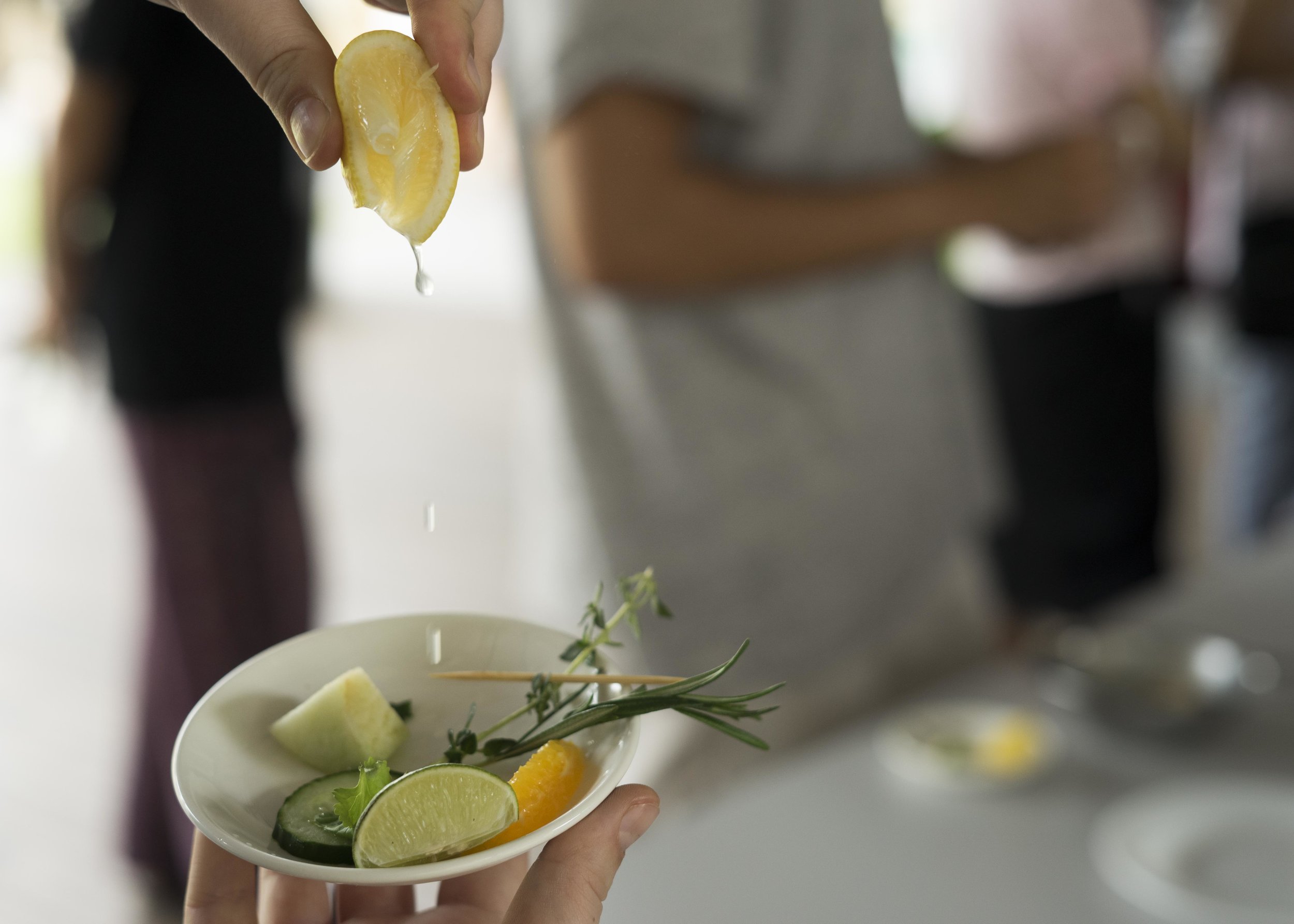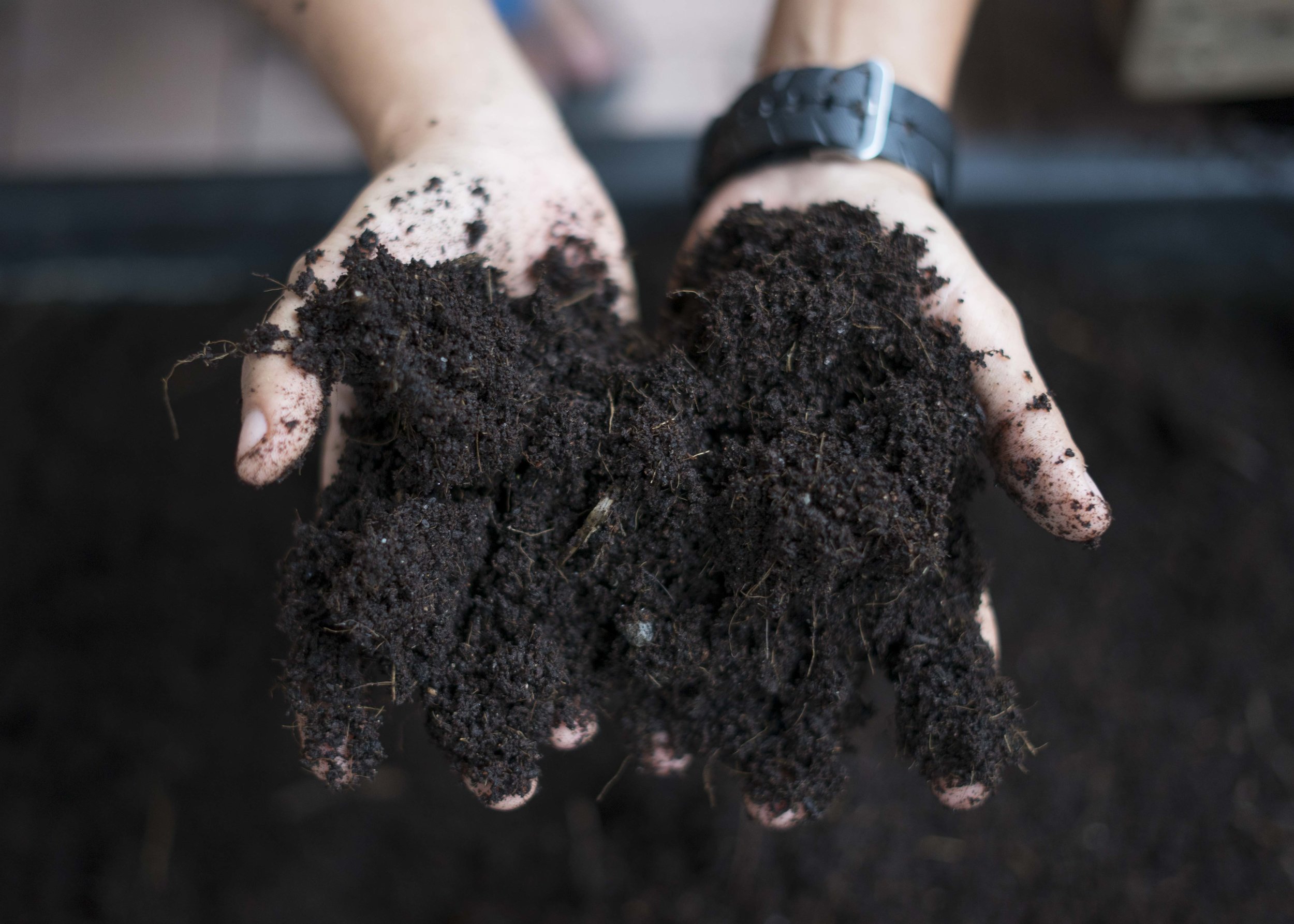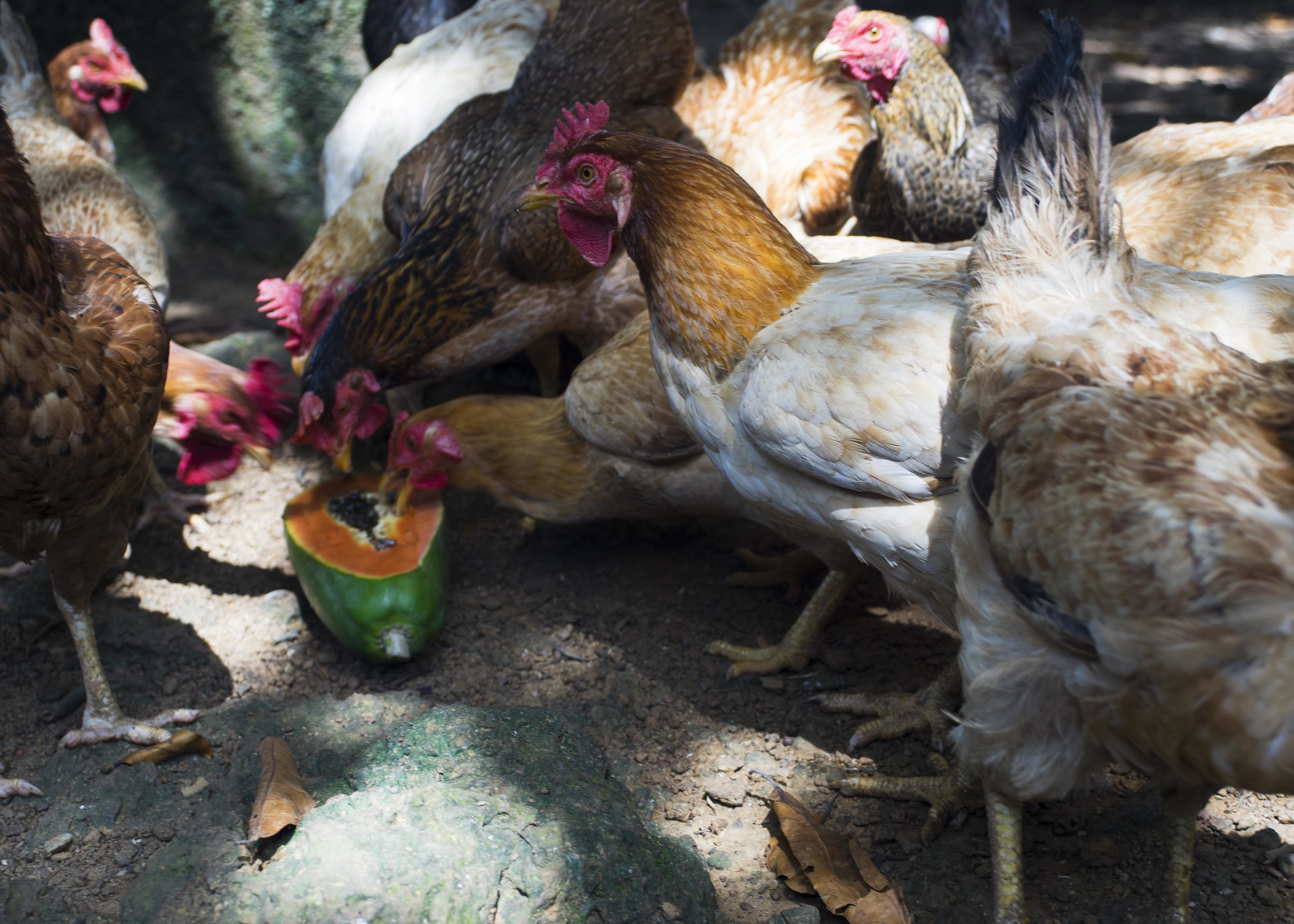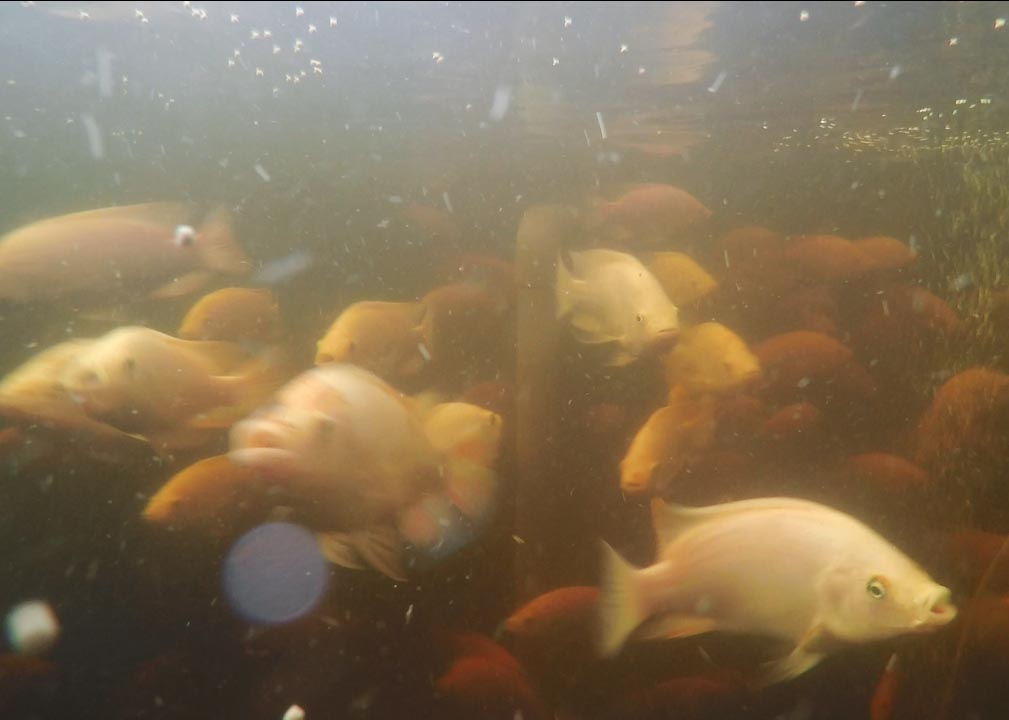What's On Your Plate: Iceland
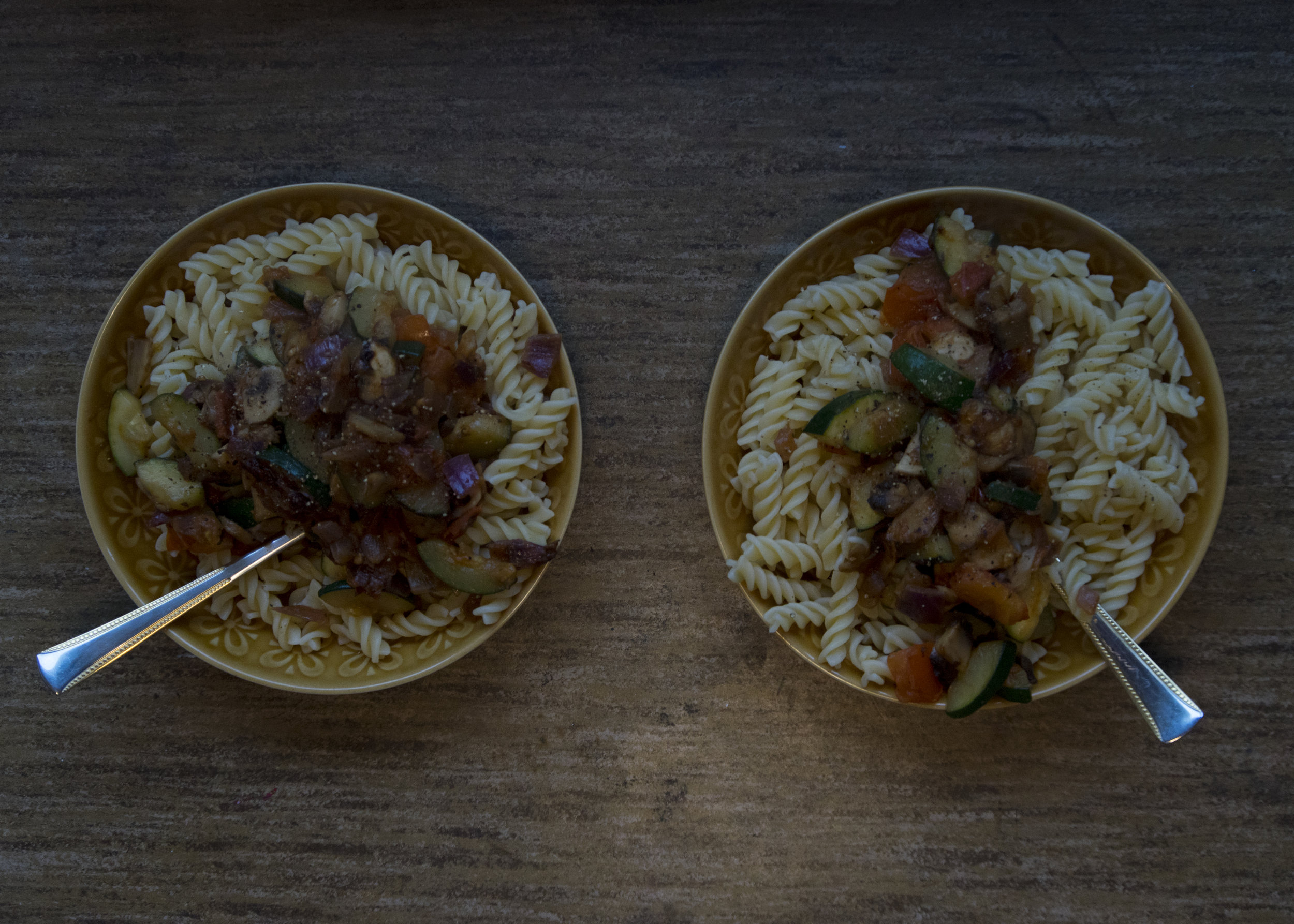
What's on your plate?
When you sit down for a meal, or haphazardly grab some nourishment as you're running from one task to the next, do you ever take the time to really think about what is jumping into your mouth? I aspire to look deeper into the food in my bowl, plate, and cup no matter the rush or the company. From your breakfast toast to the peanut stir-fry you proudly serve to your friends to the Tom Ka you order from your favorite Thai restaurant, the food you consume every day took a lot of work from a lot of people in many different places to get to your plate. Lately, when I look at my food, I have been thinking about the microorganisms in the soil that feed the food that I eat, allowing it to grow into delicious fuel for my body. In this series of blog posts, "What's on your plate", I will look into the people, resources, and places that the food on my plate is coming from. Perhaps next time you sit down to eat, you could take the time to think about where you food came from and all the individuals that it took to get the food from the soil into your mouth.
Just about six and a half weeks ago, Peder and I arrived in Reykjavik, Iceland, our first stop on this journey. I was excited to come to Iceland knowing it is insanely beautiful, full of mountains, and has a lot of volcanoes. All the geothermal activity that creates the volcanoes allows them to use geothermal energy for nearly everything. I discovered, they even cook with geothermal ovens sometimes!
In Iceland we stayed in two Air BnB's in Reykjavík. Both allowed us to cook most of our own meals, which we chose to do to save money. The first two photos in this gallery are some typical things we would make for dinner. Often we had rice or pasta with some veggies on top. Zucchini, tomato, mushrooms, and onions were some of our top picks. For breakfast, we kept it basic with mainly oatmeal and hazelnut spread (very popular in Norway!). The one you see in this photo is kind of like a fun version of an off-brand Nutella. The grocery store or local host recommended to us was Bónus. Their pig logo reminded me of Piggly Wiggly, a grocery store I often saw as a kid growing up in Wisconsin. Their slogan, ekkert bruðl, translates to "nothing extravagant". As budget travelers, we frequented this popular Icelandic budget grocer during this first week of our trip.
One day, on our way to a breathtaking hike up to a geothermal hot stream, we passed by a bakery that advertised geothermal cooking! Even though the restaurant/bakery was closed, we snooped around a bit and found this geothermal oven they had on the side of the building. We planned to come swing by after our hike. Our hike up to the hot river was breathtaking. It felt like we had walked straight into a movie. After the 3 Kilometer hike to the hot river, we decided to stop and eat our picnic lunch, veggies crackers and cheese from Bónus. As we were wading in the stream, we met a Canadian who was traveling solo. She offered to give us a ride back to Reykjavík. We told her about the geothermal cafe and she was more than happy to swing by on our way out. We ended up trying this delicious geothermal apple bread.
One food that we unfortunately did not buy is this uniquely shaped pasta. You might be thinking where on earth were we when I took this picture? The Icelandic Phallological Museum! Fun fact: I went to go check out their website, but it is blocked in Malaysia!
A bit later in the trip, we visited a downtown flea market. Peder found this moss that he discovered is boiled in milk and brewed into a tea, often served with honey. It is known to be very healthy. We found the tea to be quite unique, unlike anything we had ever tasted before!
We noticed overall there are a lot of greenhouses in Iceland, due to their cold climate. The ones I was able to peek into had mainly flowers. We were told that north of Reykjavík there is a giant greenhouse that grows most of the bananas here! However, after digging a bit deeper, we found this to be a myth.
When I first sat down with our original grocery haul from Bónus, I was so ready to investigate the labels and track all the food sources down to a specific farm, or at least a specific country. However, I found this a bit more difficult than I thought it would be (okay, honestly I found it extremely difficult and got frustrated). I was able to disprove that my banana was not grown from the mythical giant Icelandic banana greenhouse. I did identify from the sticker that it was a Chiquita banana. A quick trip to their website taught me two main things. First, they do not market where the cavendish bananas come from, but instead seemed to focus on taste and popularity. The, "Map of Banana Farms" page I found on their website specified that "Chiquita Banana farms are located in South America and North America. Chiquita banana farms are most concentrated in fertile soil regions of Central America; from Mexico, Guatemala, Honduras, Nicaragua, Panama, Colombia and Ecuador. If all the bananas grown in the world were placed end-to-end, the banana chain would circle the Earth 1,400 times." I went to bed that night wondering about what farmers planted and harvested and transported that banana I ate. I will never know.
This experience made me excited to get the opportunity to spend time living with farmers and harvesting my own food to eat! However, I will not forget the struggle of sourcing the food I bought at the budget grocery in Iceland. I'm assuming this is a struggle for many others who have tried, and I want to find some ways for individuals to show that they care not only where their food comes from but also who is growing it, how they are being treated, and how the soil that is feeding our food is being treated.
WHAT'S ON YOUR PLATE?
One of the easiest ways I've discovered to know where your food is coming from is to grow it yourself! Sure, this may sound difficult, but it really isn't. It typically saves you money, gets you fresh produce, helps you learn some pretty fun skills, and brings an amazing feeling being able to grow your own food! I regularly grow my own sprouts, and all it takes is:
- a jar (I prefer a mason jar)
- a sprout jar lid or some cheesecloth and a rubber band
- sprout seeds (I prefer alfalfa and broccoli sprouts)
If you don't have a jar or lid sitting around, check your local co-op or grocery store. If you are still having trouble finding one, check if you can order one online. I typically buy my sprout seeds in the bulk section of my local co-op. I would recommend the same, or if that is difficult you could check a local grocery store, or online as a last resort. Remember, the more local things you buy, the more local resources stay in your community!
Here's a step-by-step guide on how to grow your own sprouts!
- Start with measuring out 1-2 tablespoons of sprouts. I have found that this amount works well with a quart size mason jar. Over your sprout-making journey, I recommend some trial and error with your own set-up to find the exact amount that works well for you.
- Once you have placed your sprouts in the mason jar, fill the jar up with water and put the sprout lid on or cover the mason jar with cheesecloth and secure with a rubber band. Store in a place without direct sunlight.
- Pour out the water from the jar (keep the lid on) after you have soaked the sprouts and rinse them with water a few times. Set your jar in a bowl upside-down to let the water drain out.
- Rinse the sprouts 2-3 times per day as you watch them grow! Feel free to eat them when you think they are ready, from my experience this takes typically a week or so. Store these in the fridge, if you don't eat them all in one sitting!
p.s. there are TONS of other ways to grow food at your home, even if you don't have a chunk of soil to use for gardening! Keep checking out these What's on your plate posts for more tips like this one.
I am currently in Sungani Petani, Malaysia right now. Before I tell you about my breakfast today, I want to catch you up on what I have been eating in other countries I have been to on this trip. Today I will share the food Peder and I ate in Iceland. In a few days I will share the food we ate in Norway, and a few days later I will share the food we ate in Singapore as well as what we ate in Kuala Lumpur, Malaysia. After that, I will begin to post weekly about what is on my plate here in Sungani Petani Malaysia! We are currently having a wonderful time living at Floreo Agrotech, an aquaponics farm. Getting to know Tan Kai Yee, the farmer here and our kind host, has been full of learning and sharing about new cultures so far.
FOOD FROM ICELAND
Check us out on Instagram @Regenerate_the_earth

















